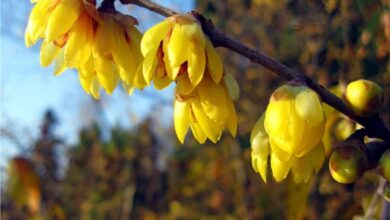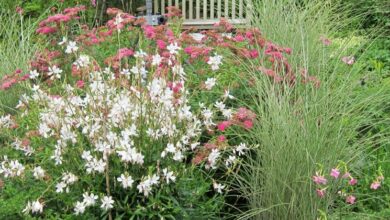Drosanthemum hispidum
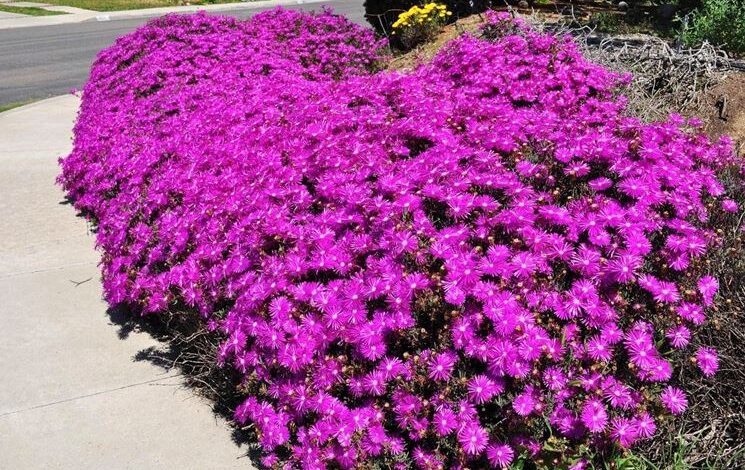
Botanical notes on Drosanthemum hispidum
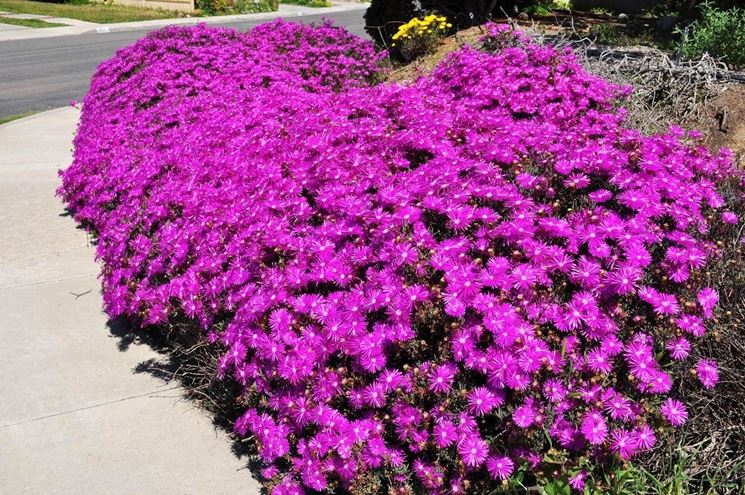
Reproduction and multiplication
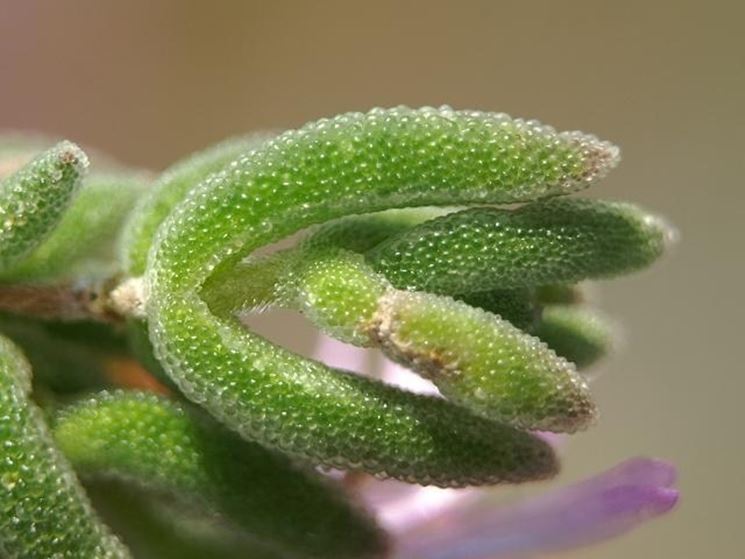
Drosanthemum hispidum reproduces mainly by cutting, although it is possible to cultivate its seeds. The latter take many months to germinate, and as many to grow and reach a size of about 20-25 centimeters in diameter. With the cutting, however, good results are obtained: it must be planted in spring (March-April), with a temperature that does not exceed 20 degrees centigrade. Drosanthemums fear high humidity and stagnation of water, which is why the soil will consist of universal soil and river sand. After one year it is possible to transplant the cutting into a larger pot or directly in the garden, adding to the growing substrate some well-draining pozzolan and a nitrogen fertilizer every fortnight.
Cultivation and pruning
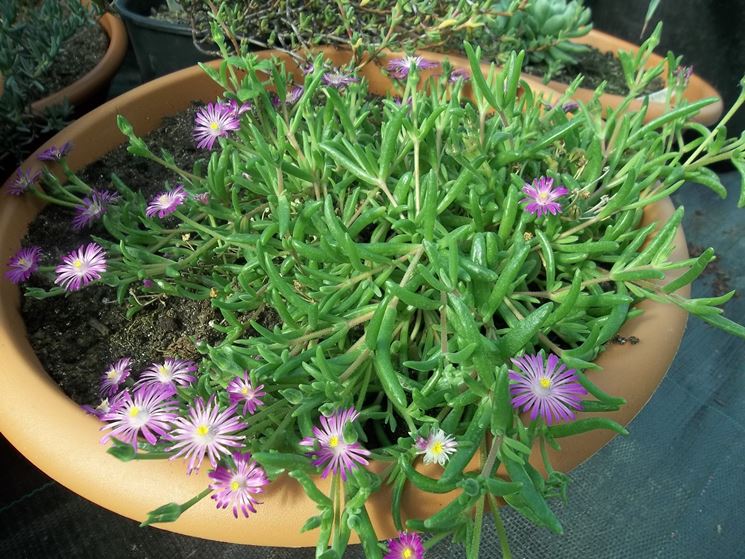
Since Drosanthemum needs a warm and sunny place to grow, we must absolutely avoid areas of shade or partial shade. the ideal would be to place it close to a wall or on a large balcony facing south, so that the branches can enjoy the direct sun, grow downwards and bloom during the summer. Watering must never be abundant, even in the summer period. An artificial rain twice a week will suffice, taking care to moisten the soil well. In winter, if temperatures drop below zero and sudden frosts persist for a long time, it is good to cover the Drosanthemum with a sturdy greenhouse or a covering cloth, or transfer it directly to the house if growing it in pots. Pruning will only be necessary after two or three years of age, since in the first span of its life the Drosanthemum does not grow fast; just remove the dried leaves and flowers and, when the moment of pruning comes, thin out the longest and most disordered branches in autumn, with clean cuts.
The other species of Drosanthemum
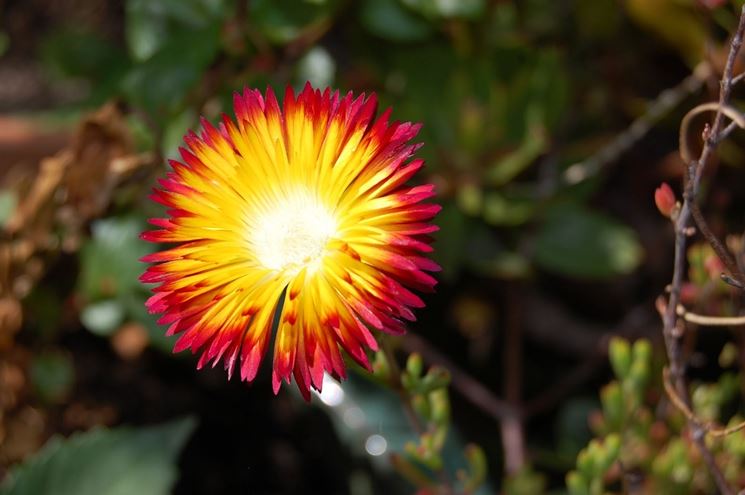
As mentioned above, Drosanthemum hispidum is a succulent plant with fuchsia flowers that is widely spread and cultivated, but it is not the only representative of the genus. Drosanthemum speciosum is another species, not very common in nurseries, with red flowers instead of fuchsia; Compared to its cousin, it has smaller leaves and narrower petals, and develops in much warmer environments with less humidity. Drosanthemum bicolor is, as the name suggests, with double-colored flowers: bright yellow in the center and red or orange on the outside. In recent times this species has become much more common, given the cultivation characteristics that make it similar to Drosanthemum hispidum. The last quite characteristic and known species is the Drosanthemum eburneum, with large, totally white flowers and pearly reflections on the lower surface of the petals.

